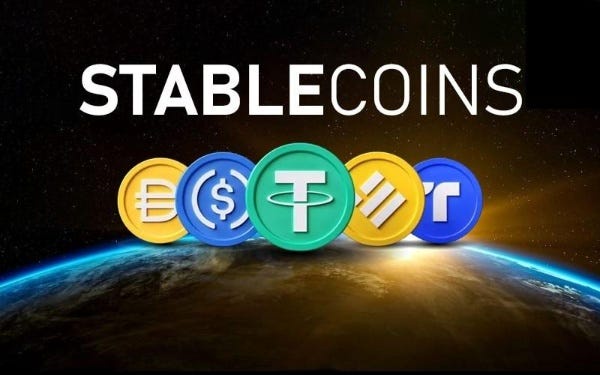Stablecoins have emerged as a crucial bridge between traditional fiat currencies and the world of cryptocurrencies. These digital assets are designed to maintain a stable value by pegging their price to a fiat currency like the US dollar or euro, or other assets like gold or other cryptocurrencies. This stability is achieved through various mechanisms implemented by stablecoin development services. In this article, we'll explore how stablecoin development services maintain the peg to fiat currency.
1. Collateralization:
One of the most common methods used by stablecoin development services to maintain the peg is through collateralization. This involves backing each stablecoin with a reserve of assets that are equal to or greater in value than the total supply of stablecoins in circulation. For example, a stablecoin pegged to the US dollar may be backed by an equivalent amount of USD held in reserve.
2. Fiat Reserves:
Many stablecoins are backed by fiat currency reserves held in a bank account or custodial wallet. These reserves are regularly audited to ensure that they match the total supply of stablecoins in circulation. In the event of an imbalance, stablecoin development services may take steps to adjust the supply of stablecoins to maintain the peg.
3. Algorithmic Mechanisms:
Some stablecoins use algorithmic mechanisms to maintain their peg. These mechanisms automatically adjust the supply of stablecoins based on changes in demand, using algorithms to buy back or issue new stablecoins as needed to keep the price stable.
4. Overcollateralization:
To provide an extra layer of security, some stablecoin development services may require that the collateral backing the stablecoin be greater in value than the total supply of stablecoins. This overcollateralization helps to protect against fluctuations in the value of the underlying assets.
5. Decentralized Governance:
Many stablecoins are governed by decentralized autonomous organizations (DAOs) that allow holders of the stablecoin to vote on important decisions, such as changes to the supply or collateralization ratio. This decentralized governance helps to ensure the stability of the stablecoin peg.
6. Centralized Controls:
Some stablecoins are controlled by a central entity that has the authority to adjust the supply or collateralization ratio as needed to maintain the peg. While this can provide a higher level of control, it also introduces a central point of failure and potential for manipulation.
7. Regular Audits:
To ensure transparency and accountability, stablecoin development services often conduct regular audits of their reserves and collateralization ratios. These audits are typically performed by third-party firms and help to build trust in the stability of the stablecoin.
Conclusion:
Maintaining the peg to fiat currency is a critical aspect of stablecoin development services. By employing a combination of collateralization, algorithmic mechanisms, and decentralized governance, stablecoin developers can create digital assets that offer the stability of fiat currency with the efficiency and security of blockchain technology. As the demand for stablecoins continues to grow, these mechanisms will play an increasingly important role in ensuring their stability and viability as a means of payment and store of value in the digital economy.


No comments yet